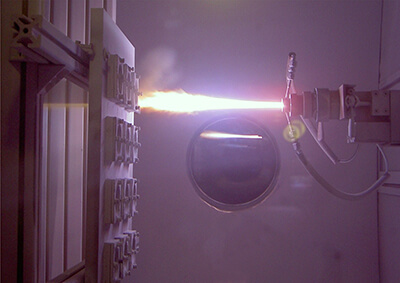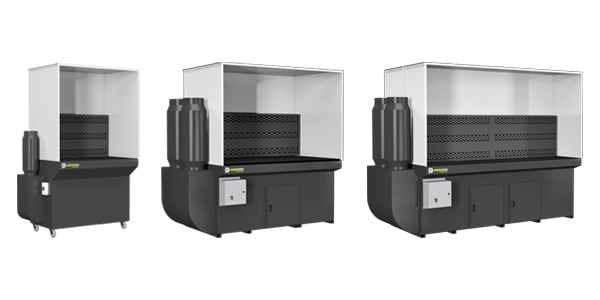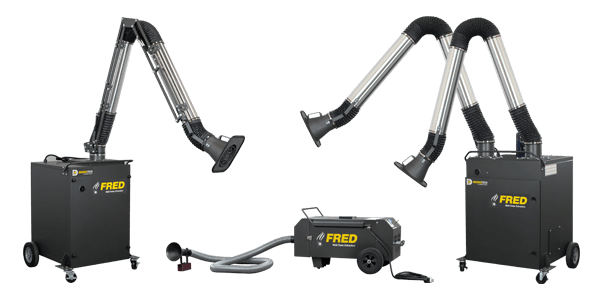Electronics
Overview
The electronics industry designs, develops, manufactures and services electronic equipment and components for consumers and other industries. The products produced in this sector all use electronic technology to function and can include anything from computer systems and LED lights to Printed Circuit Boards (PCBs), switches and semiconductor devices.
Continually evolving, the electronics sector is one of the most innovative industries around today. Remaining at the forefront of research and development, electronics manufacturing businesses constantly compete to produce the latest and best products to release on the market.
Divided into three main market segments, the electronics industry includes industrial and consumer products as well as electronic components.
Solvents and Chemicals
A number of hazardous chemicals are used in the manufacture of electronics, putting worker health at risk. Some of these chemicals are toxic, while others are explosive and possibly corrosive.
Solvents comprise a large portion of the chemicals used in the electronics industry. Manufacturers use solvents as degreasers, diluents, cleansers and chemical reactants. Common solvents found in electronics manufacture include:
- Trichloroethylene
- Toluene
- Acetone
- Methylene chloride
- Perchloroethylene
- Glycol ether
- Isopropyl alcohol
- Chloroform
- Xylene
- Trichloroethane
Many of these solvents are volatile organic compounds (VOCs). At room temperature, these solvents vaporize presenting a serious health risk to workers. Inhaling solvent vapor can potentially irritate the upper respiratory tract and negatively impact the central nervous system. Symptoms of solvent exposure include:
- Headaches
- Nausea
- Drowsiness
- Dizziness
- Complaints of irritation
- Abnormal behavior and/ or ill feeling
- Unconsciousness
Workers in the electronics industry exhibiting these symptoms should be monitored by a doctor as they are at risk for serious disease. Long-term exposure to solvents can result in liver, kidney, lung and reproductive damage as well as cancer.
Engineering controls such as enclosed systems and local exhaust ventilation can effectively protect workers from VOC fumes from solvents. Diversitech’s FRED Carbo and Downdraft Booth with Carbon Afterfilters safely capture solvent vapors before they enter workers’ breathing zones.
Soldering
Commonly used in the electronics manufacturing industry, soldering is the process of joining two separate metal pieces by melting a filler metal.  The resulting fumes can be extremely hazardous to worker health, especially when the solder contains lead or tin.
The resulting fumes can be extremely hazardous to worker health, especially when the solder contains lead or tin.
Another soldering material, rosin, is used as an adhesive in the soldering process. The heating of these rosin-based flux materials creates solder fumes that have negative implications for worker health. Exposure to the resin acid particulate present in the fumes can cause long-term health problems including:
- Occupational asthma
- Allergic hypersensitivity (wheezing and labored breathing)
- Eye and/ or nose irritation
- Skin diseases
- Chest pain
- Chronic bronchitis
- Chemical hypersensitivity
- Headaches and dizziness
With hand-soldering practices, solder fumes rise vertically, directly entering workers breathing zones. Because of the close proximity of the worker’s face to the soldering metal, protecting them from the fumes can be a challenge. Installing capture-at-source ventilation solutions are the best way to prevent the inhalation of toxic solder fume.
To help industries in the electronics sector protect their workers, Diversitech has a number of capture-at-source solutions for solder fumes. Our line of downdraft tables and fume extraction arms as well as our Solder-Vac II collect solder fumes at source, before they contaminate workers’ breathing zones.
Thermal Spraying
A common application in the electronics sector, thermal spraying blasts semi-molten or molten materials onto a surface with a spray torch or gun to create a coating.  A range of different coating materials are employed in the process including metals, alloys, ceramics and plastics.
A range of different coating materials are employed in the process including metals, alloys, ceramics and plastics.
The electronics manufacturing industry uses thermal spraying for a number of different applications. When thermal sprayed, materials such as copper and aluminum can provide electrical conductivity to components. Thermal sprayed oxide ceramics can be used as conductors or semi-conductors as well as dielectric coatings.
Electronics manufacturing businesses also thermal spray certain metals to shield sensitive electronics from electromagnetic radiation. To create shielding for electronics, pure metals and metal alloys like aluminum, copper, tin and zinc are commonly used.
While useful in electronics manufacture, thermal spraying creates fumes that can be detrimental to worker health. These fumes often contain toxic metals like nickel and chromium that are harmful when inhaled. Using stainless steel in the thermal spraying process as well exposes workers to the carcinogen hexavalent chromium.
These metal fumes can cause respiratory, neurological, and fertility problems in workers. Parkinsonian Syndrome is also a risk as is metal fume fever. Symptoms of metal fume fever include:
- Fever
- Weakness
- Fatigue
- Chills
- Aches
- Nausea
- Chills
Businesses in the electronics sector that employ thermal spraying processes have to contend with the possibility of fire and explosion as the fine metallic dusts created are often combustible. Safely capturing these fumes and dusts is imperative to protect worker health and company property.
To control metal fumes from thermal spraying, a cartridge dust collector such as Diversitech’s Filterhawk series is a good option. Our wet dust collectors safely capture combustible metal dusts, preventing the risk of fire and explosion.


